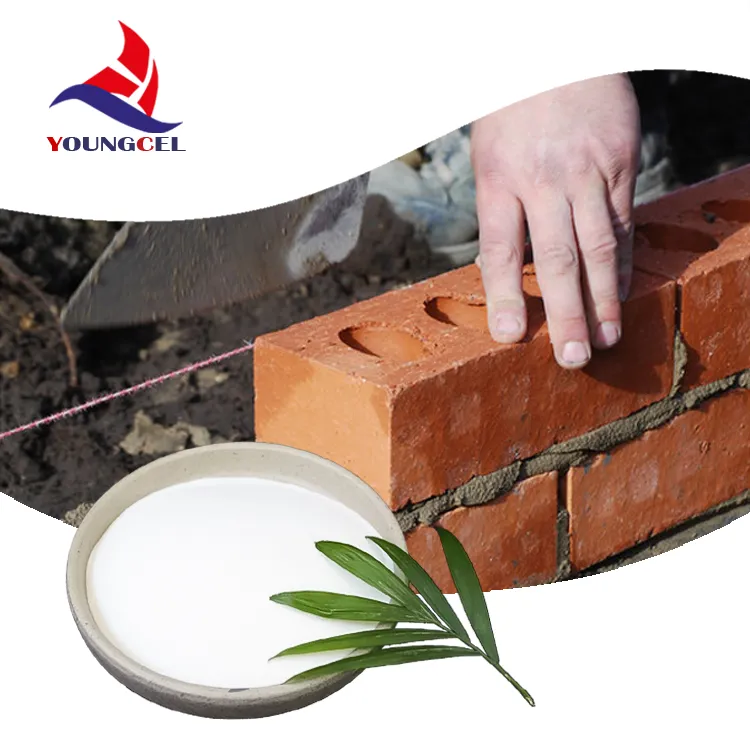Understanding HPMC A Key Polymer in Pharmaceuticals and Beyond
Hydroxypropyl Methylcellulose (HPMC) is a versatile and widely used cellulose derivative that has garnered significant attention across multiple industries, particularly in pharmaceuticals, food, and construction
. Its unique properties, such as water solubility, film-forming ability, and binding capacity, make it an essential component in various applications.HPMC is synthesized by chemically modifying cellulose, a natural polymer derived from plant cell walls. The hydroxyl groups in cellulose are substituted with hydroxypropyl and methyl groups, resulting in a compound that exhibits hydrophilic behavior. This modification enhances the solubility of cellulose in cold water, which is one of the primary reasons HPMC is favored in numerous formulations.
In the pharmaceutical industry, HPMC plays a critical role in drug formulation. It is commonly used as a thickening and stabilizing agent in suspensions and solutions. Additionally, HPMC is a key component in the formulation of controlled-release drug delivery systems. By adjusting the molecular weight and substitution degree of HPMC, pharmaceutical scientists can design polymers that modulate the release rate of active pharmaceutical ingredients (APIs). This capability allows for sustained therapeutic effects, improving patient compliance and reducing the frequency of dosing.
Moreover, HPMC’s film-forming properties make it an ideal candidate for coating tablets and pellets. This coating protects the drug from environmental factors such as moisture and light, enhancing stability and bioavailability. HPMC coatings can also mask tastes and odors, making medications more palatable for patients. Its use as a binder in tablet formulations ensures uniform distribution of the active ingredient, contributing to the consistency and reliability of the medication.
chemic hpmc hydroxypropyl methyl cellulos hpmc

In the food industry, HPMC serves as a food additive, where it is employed as a thickener, emulsifier, and stabilizer. It helps improve the texture and mouthfeel of products while also extending shelf life by preventing separation and maintaining moisture. The ability of HPMC to form gels contributes to the formulation of low-fat and gluten-free products, making it a popular choice among food technologists seeking to meet consumer demands for healthier options.
Construction also benefits from the unique properties of HPMC. It is used in cement, mortar, and tile adhesives, where it enhances workability and adhesion. HPMC improves the spreadability of these materials and allows for better water retention, which is crucial for achieving desired curing times and mechanical strength in construction applications. The polymer’s ability to create a flexible film further aids in preventing cracking in final products, thus extending their durability.
Despite its broad applicability, it is essential to note that HPMC is generally recognized as safe (GRAS) by regulatory bodies when used in accordance with established guidelines. Its non-toxic, biodegradable properties align with the increasing demand for sustainable and environmentally friendly materials.
In conclusion, Hydroxypropyl Methylcellulose (HPMC) is a multifaceted polymer that significantly impacts various industries through its diverse functionalities. Whether enhancing drug delivery systems in pharmaceuticals, improving food texture and stability, or contributing to the effectiveness of construction materials, HPMC’s unique chemical properties make it an indispensable ingredient. As research and innovation continue, the potential applications of HPMC are likely to expand, revealing even more advantages of this remarkable compound.
-
The Application and Significance of Construction RdpNewsMay.19,2025
-
Industrial Grade HpmcNewsMay.19,2025
-
Building Coating Adhesive Building Coating Adhesive HpmcNewsMay.19,2025
-
Application Of Hpmc For Detergent For Detergent In DetergentsNewsMay.19,2025
-
Application Of Hpmc Cellulose In Cement-Based MaterialsNewsMay.19,2025
-
Application Of High Quality Hpmc For Construction In The Field Of ConstructionNewsMay.19,2025




